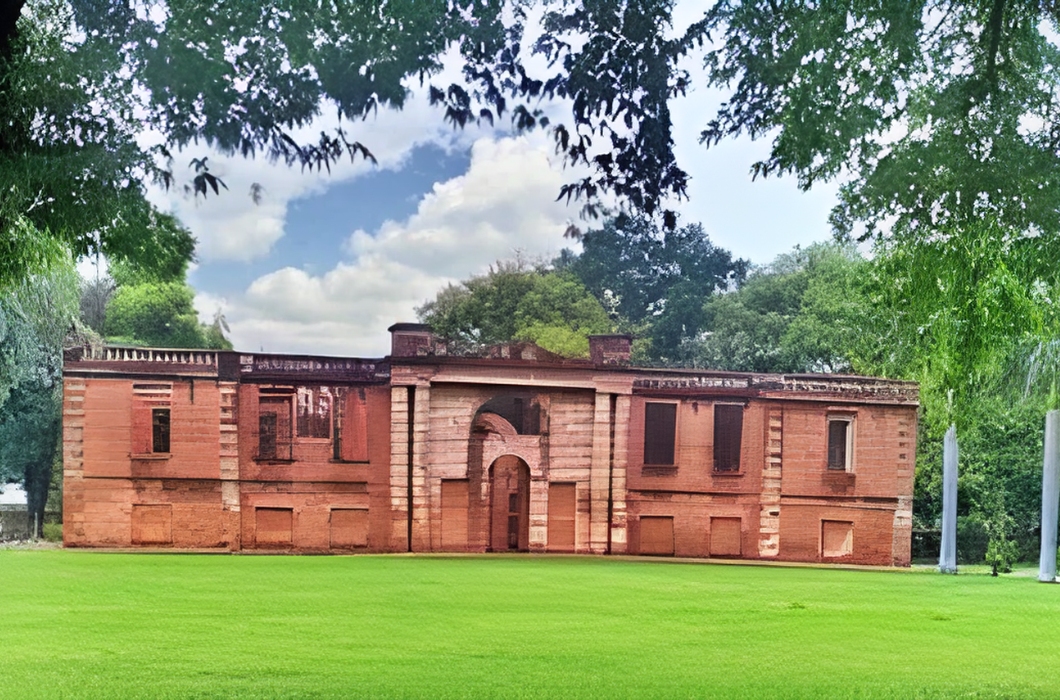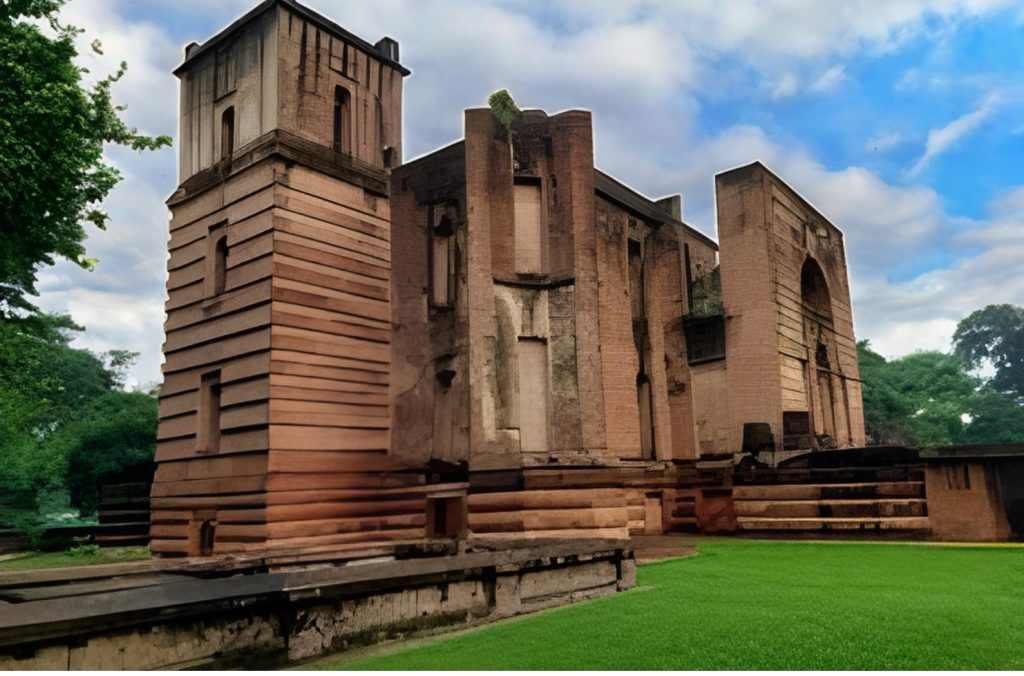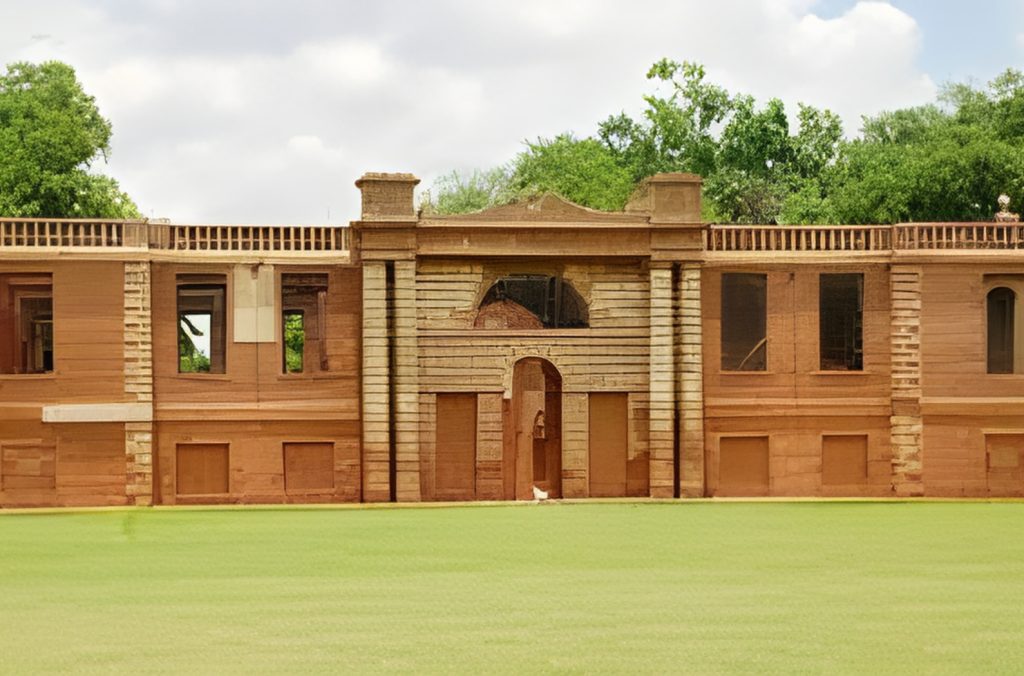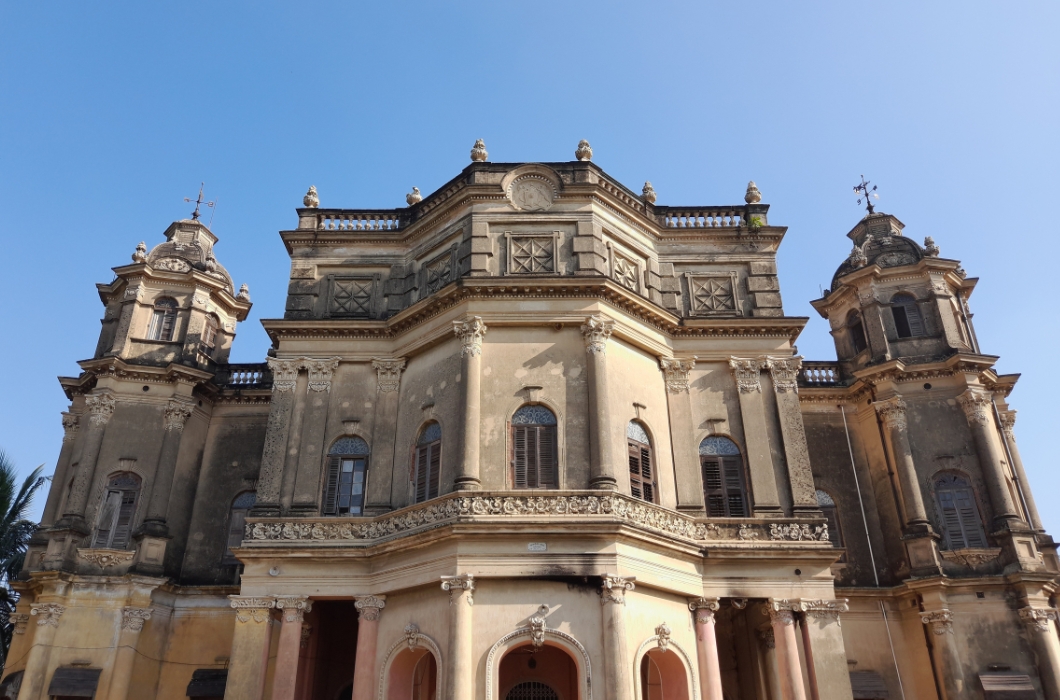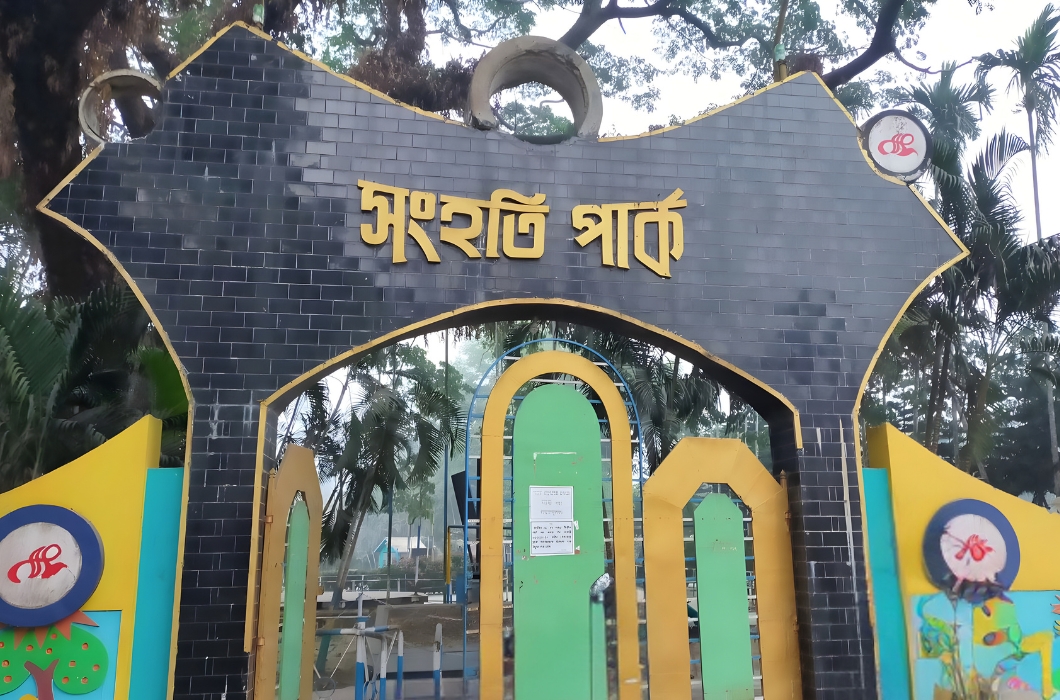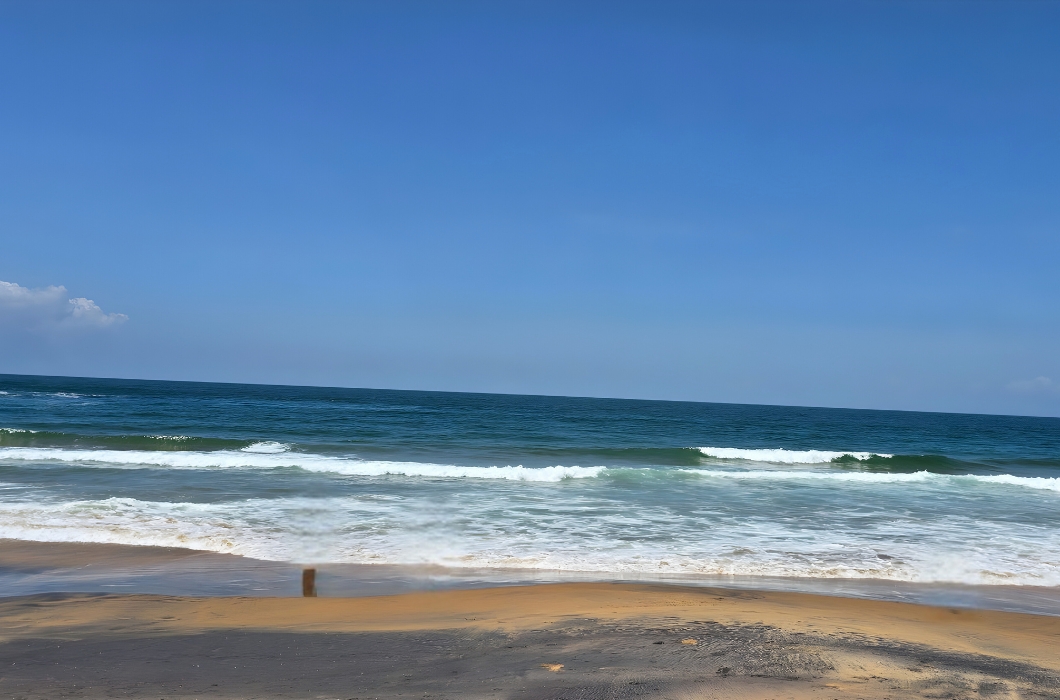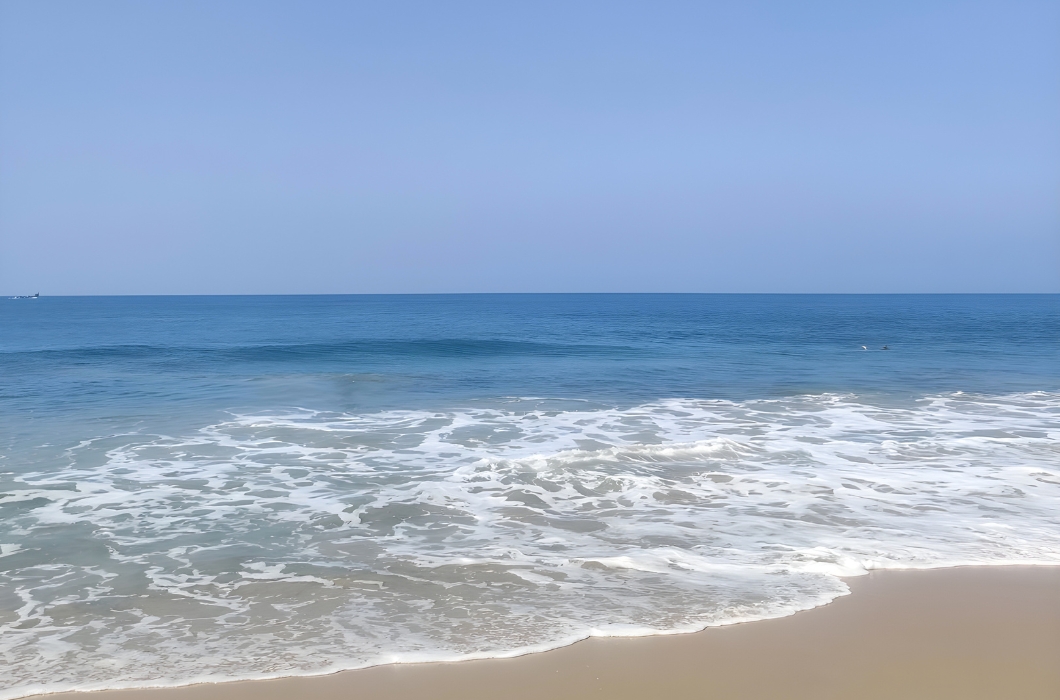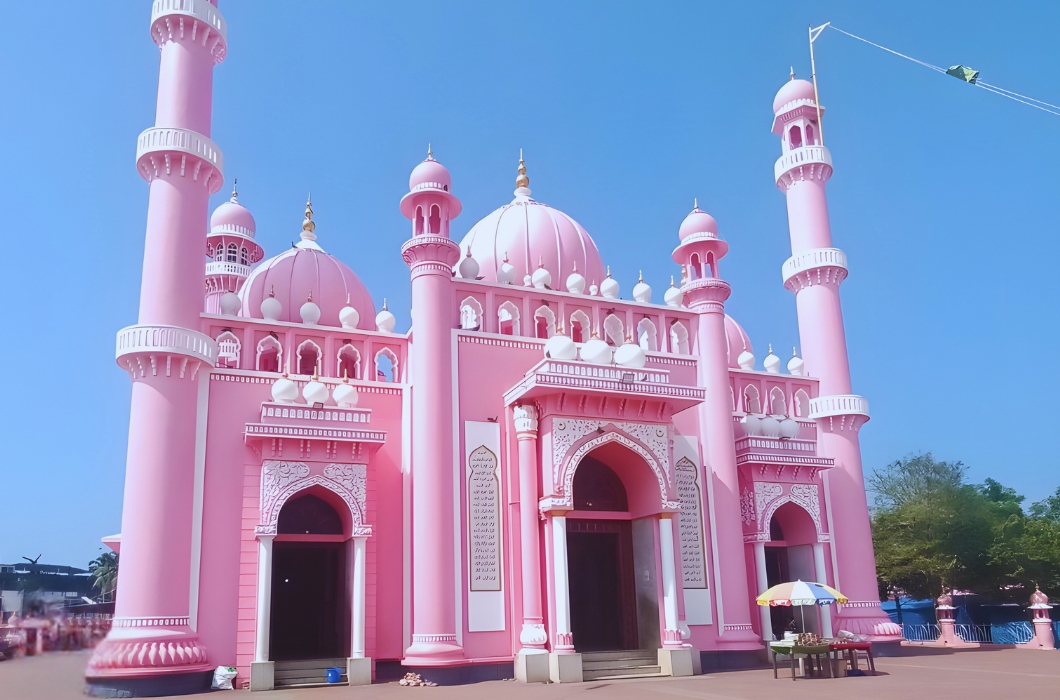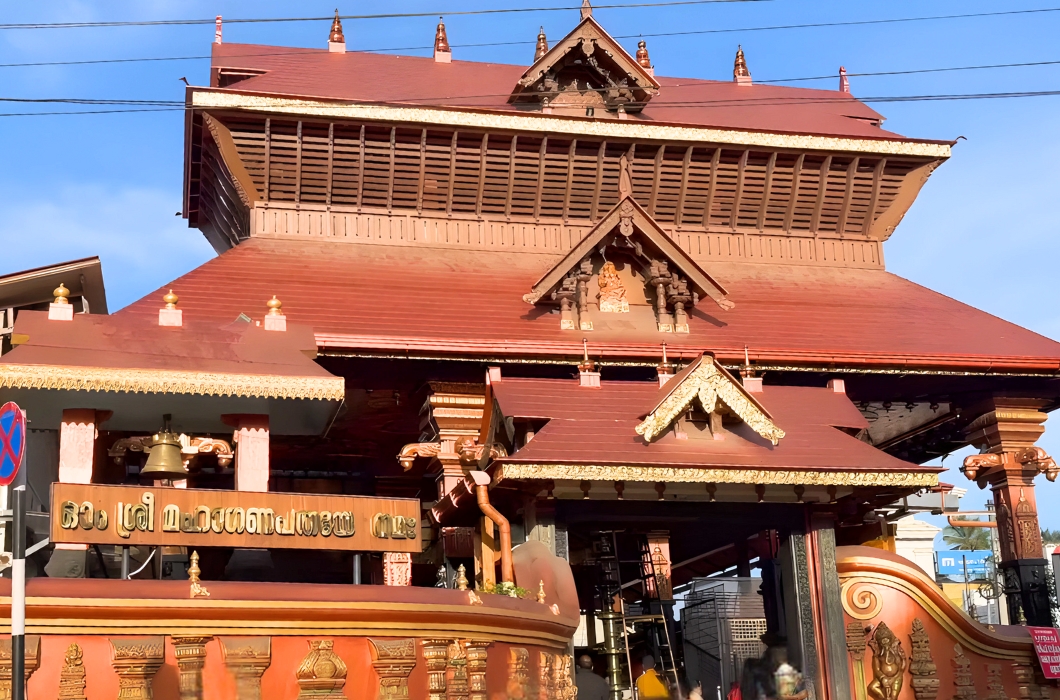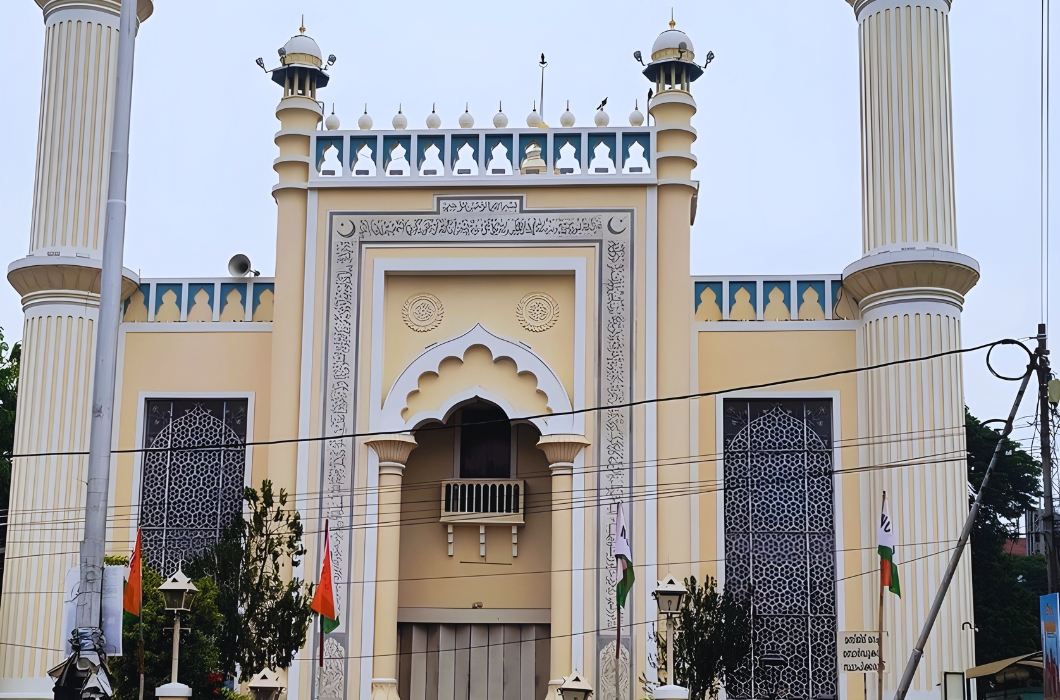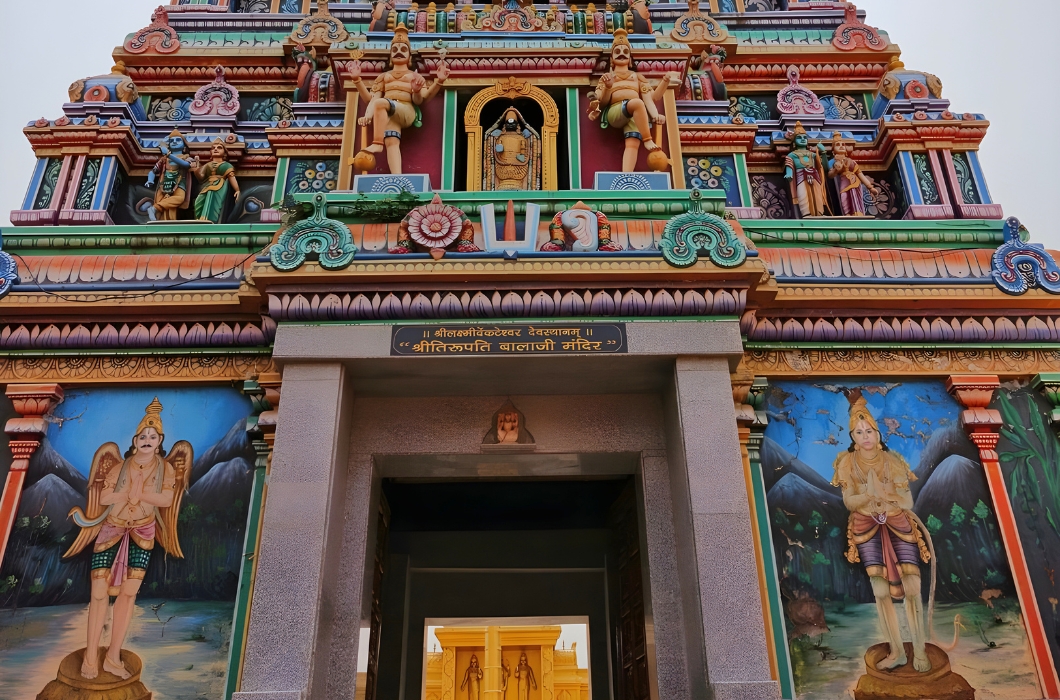Northeast of Raj Bhavan, in the cantonment district of Lucknow, is the splendid and remarkable Dilkusha Palace. Near Dilkusha Kothi, you may witness the remnants of a mansion built in the eighteenth century in the English baroque style. Its remains, albeit in ruins presently, are a striking reminder of its exceptional architectural and artistic splendor of the past. Even now, it exudes a sense of imperial grandeur, signifying its immense historical and cultural significance. There have been some of the most thrilling events in Indian history. It is one of the most popular tourist destinations in Lucknow and one of the city’s lesser-known historical sites.
Share On Social:
Facebook
Twitter
Pinterest
WhatsApp

